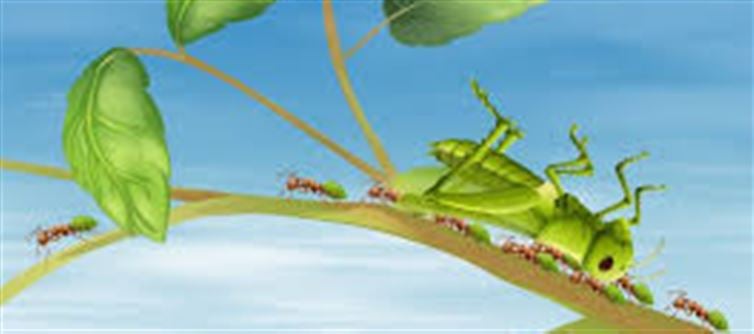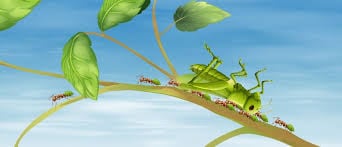
Ant colonies exhibit remarkable collective decision-making abilities, enabling them to solve complex problems such as selecting new nest sites and optimizing foraging routes—all without centralized control. This decentralized coordination arises from simple behavioral rules and local interactions among individual ants.
In nest site selection, species like Temnothorax albipennis employ a process involving scout ants that explore potential sites and assess their quality based on factors like cavity size and light levels. Upon finding a suitable site, a scout returns to the colony and recruits others through tandem running. As more ants visit and approve the site, a quorum threshold is reached, prompting a rapid relocation of the colony to the new nest. This quorum sensing mechanism ensures efficient consensus without requiring each ant to evaluate all options.
Foraging decisions are similarly guided by local cues and pheromone trails. When an ant discovers a food source, it lays a pheromone trail on its return journey, attracting other foragers. The strength of these trails correlates with the quality and quantity of the food source, allowing the colony to dynamically allocate foraging efforts. This positive feedback loop enables the colony to adapt to changing environments and efficiently exploit resources.
Interestingly, while many ants operate based on local information, experienced individuals can influence collective decisions. Studies have shown that knowledgeable ants can guide the colony more effectively during tasks like nest relocation, enhancing the efficiency of the process. This blend of decentralized decision-making with occasional leadership by informed individuals highlights the flexibility and robustness of ant colony behavior.




 click and follow Indiaherald WhatsApp channel
click and follow Indiaherald WhatsApp channel